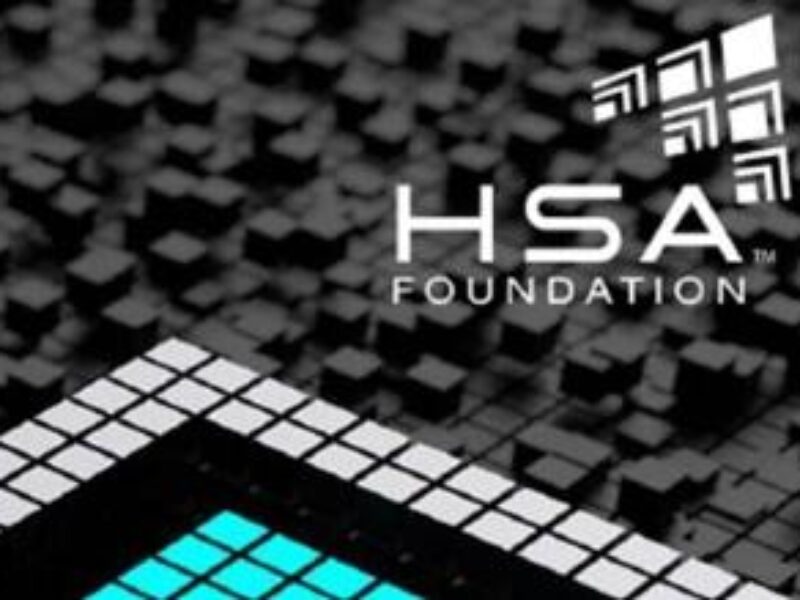
The HSA specs are geared to let graphics cores share coherent memory as equal citizens with CPU cores, enabling performance gains across a wide range of applications. The approach also lets developers program SoCs using it in familiar high-level languages such as C++ and Python. AMD which led the formation of the group said its latest x86 SoC, Carrizo, will get certified as compliant with the spec when tests are ready later this year.
Other leading HSA board members include Imagination Technologies, LG, Mediatek, Qualcomm and Samsung. They have not yet commented on product plans but their work on the spec suggests they have them, said Phil Rogers, president of HSA and a corporate fellow at AMD.
“Over the last nine months as we’ve nailed down the final specs and the last half dozen detailed issues, all the board companies were incredibly engaged, sending several engineers arguing quite passionately for what should or should not be in or out of the spec and shared a sense of urgency in getting the work done in the first quarter,” Rogers said.
AMD’s Carrizo likely will become the first HSA-complaint chip when tests are up and running in the fall. AMD’s prior generation Kaveri x86 SoC supports some HSA features but not the context switching specs which were developed after its design was fixed.
The Linux kernel is being updated with patches supporting HSA, thanks to work on Ubuntu from Canonical. Microsoft co-hosted the first public HSA event, but has so far remained mum on whether it will build HSA support into Windows. As for Apple’s iOS, “I never comment on Apple because I have found it’s not good for my career,” quipped Rogers.
Not surprisingly, the spec has failed to win support from the chief rivals of its promoters – Intel and Nvidia. “I contact them roughly once a year and other colleagues work their channels, but so far its ‘no thank you,’” Rogers said.
Application that use parallel operations on graphics cores could gain 2-6x performance benefits using chips enabled with HSA. Without it or similar mechanisms, they cannot access more than half an SoC’s main memory because it would be partitioned into separate coherent banks, Rogers said.
The benefits can be applied to applications that range from mobile video chat and PC video search to software-defined networking and high-performance computing, he added.
The road map for HSA is fairly simple, aiming to get SoC and software developers to focus on implementing the 1.0 specs. “We are not in a rush to do a 2.0 version,” Rogers said.
Instead the group has decided to work on a version 1.1. It aims to defined a standard interface for debuggers and profilers as well as interfaces for third-party intellectual property blocks used in SoCs. That work could take about a year, he said.
— Rick Merritt, Silicon Valley Bureau Chief, EE Times
Related articles:
TSVs to split more chips: re-integration is the focus
 If you enjoyed this article, you will like the following ones: don't miss them by subscribing to :
eeNews on Google News
If you enjoyed this article, you will like the following ones: don't miss them by subscribing to :
eeNews on Google News


